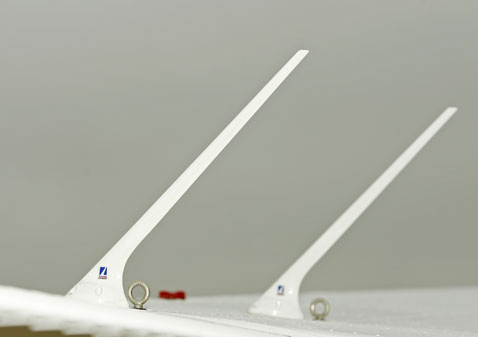Plane fittings
 please wait...
please wait...
GPS aerials































GPS aerials
Starting up
Run-up
Taxi
Warning light
Landing light
De-icing
De-icing
De-icing
Tiptank
Ice light
Rose-painted plane
Stormscope aerial
Silencer
De-icing propeller
Accumulated pressure pipe
TK de-icing fluid
Oxygen tank
Cockpit
Artificial horizon
Navigational map
Stormscope
Stand-by instruments (bottom right)
Satphone
Adaptor
Oxygen mask
Oxymeter
Oxygen computer
Tools
